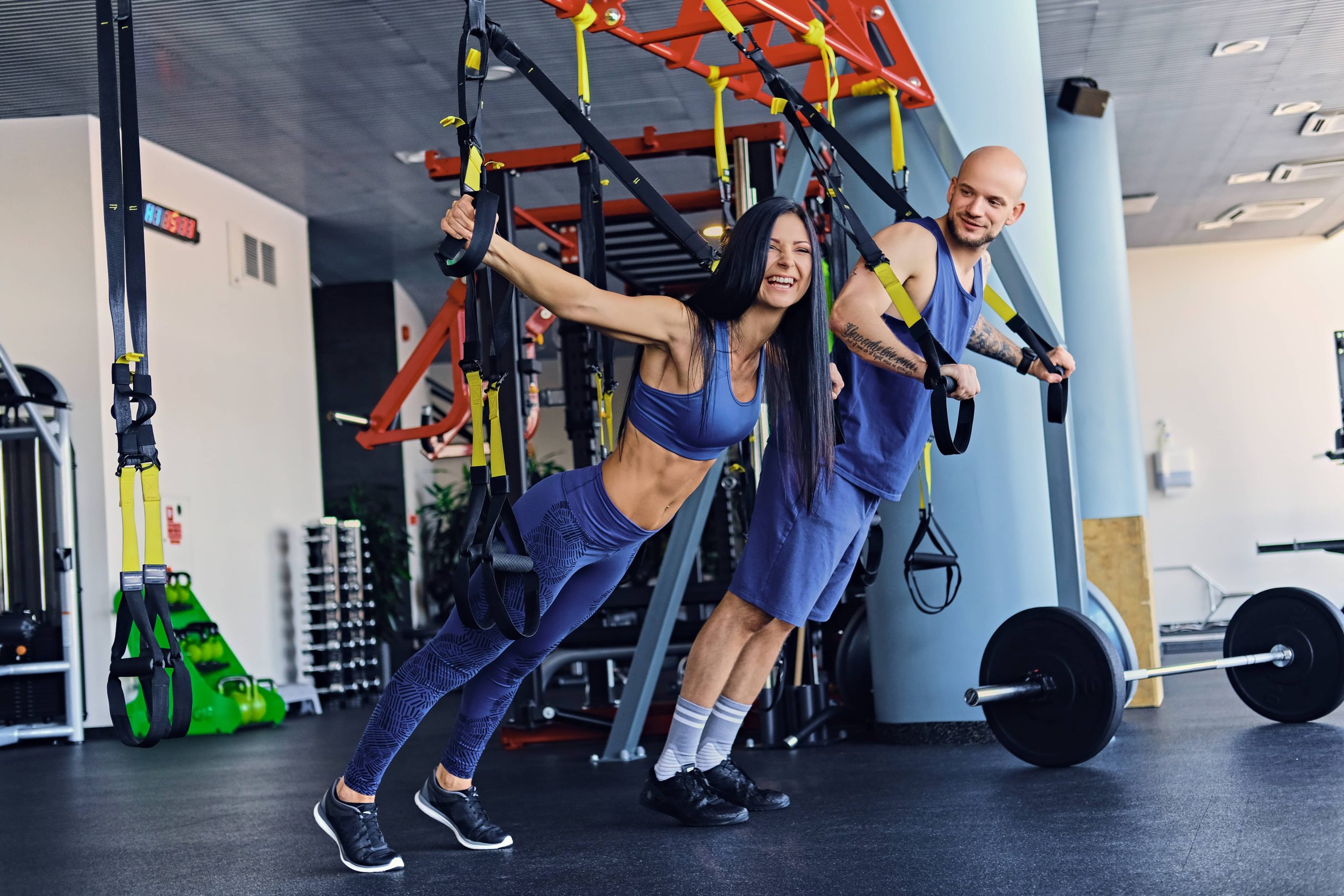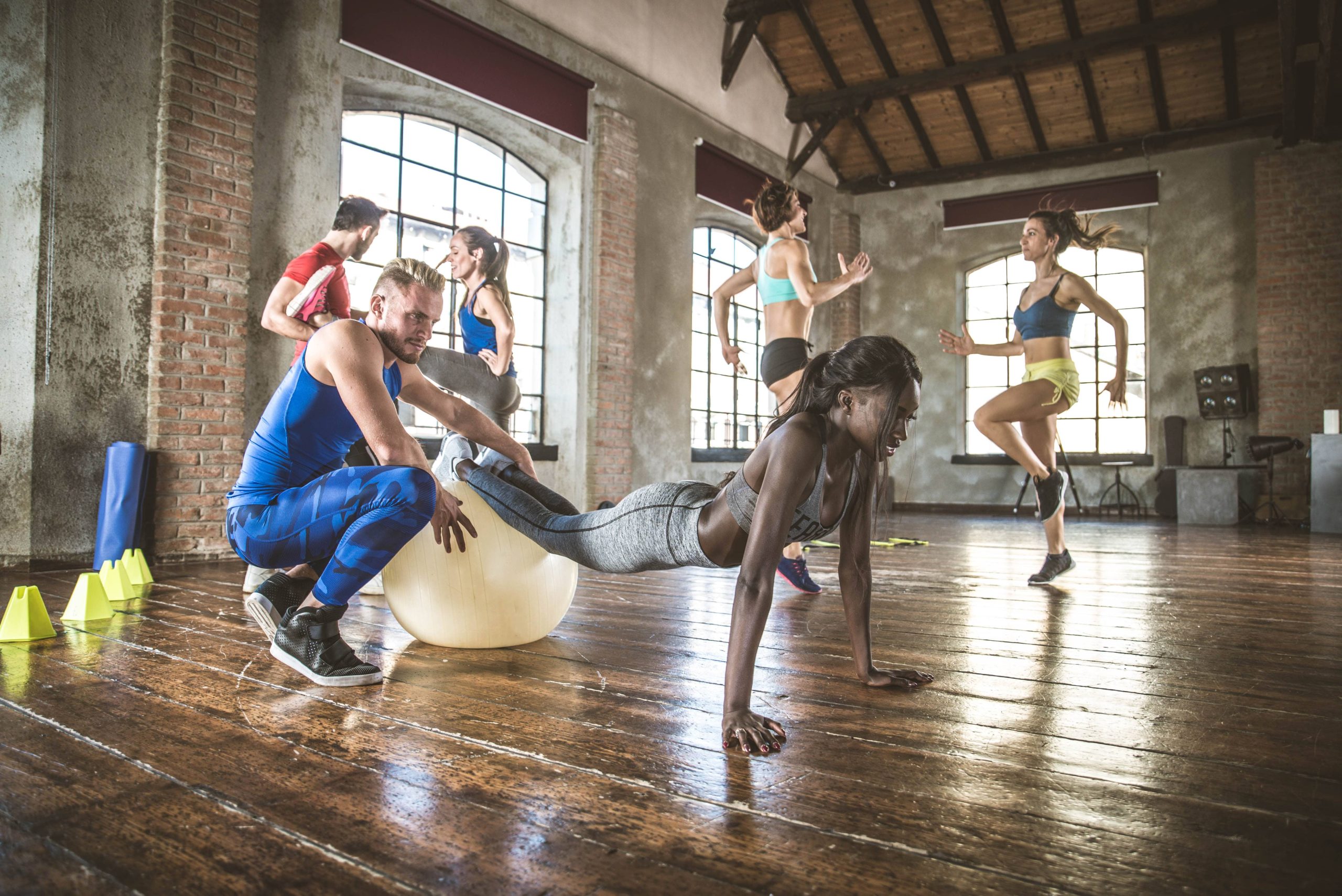
In the world of fitness, we’re continuously seeking ways to enhance our performance, improve our health, and achieve our goals more efficiently. High-Intensity Plyometrics, a form of exercise focusing on explosive movements, is gaining traction among fitness enthusiasts and athletes alike. These workouts are not only effective for building power and strength but are also excellent for boosting your heart rate, which is a critical component of cardiovascular health. In this blog post, we’ll explore plyometrics, delve into the benefits of high-intensity plyometric workouts, and outline a comprehensive routine that will push your heart rate and fitness to new levels.
Understanding Plyometrics
Plyometrics, also known as jump training, involves exercises in which muscles exert maximum force in short intervals of time. The primary goal is to increase power (speed-strength). These exercises stem from athletic conditioning programs designed to improve performance for sports by enhancing the stretch-shortening cycle of the muscles and tendons. Plyometrics challenge the muscle and nervous systems, making them highly effective at improving overall body strength, speed, and agility.
Benefits of High-Intensity Plyometrics
1. Improved Cardiovascular Health
The very nature of plyometrics demands a high level of cardiovascular engagement. The explosive movements and quick bursts of energy require the heart to pump more efficiently, leading to improved stamina and endurance over time.
2. Enhanced Muscular Power and Strength
Through plyometrics, the combination of strength and speed during exercises such as jump squats or skater leaps helps build muscle power. This increased muscle power can translate into better performance in sports and daily activities.
3. Increased Calorie Burn
High-intensity plyometric workouts are a fantastic way to burn calories in a short period. These exercises elevate your heart rate, leading to more calories burned during and even after the workout due to the afterburn effect (EPOC).
4. Greater Flexibility and Efficiency
The dynamic moves performed in a plyometric routine help improve flexibility and balance by engaging various muscle groups and challenging your body’s range of motion.
5. Enhanced Athletic Performance
For athletes, plyometrics directly correlate with improvements in vertical jump height, sprint times, and agility. This provides a competitive edge in sports like basketball, soccer, and track and field.
A High-Intensity Plyometrics Workout
Before diving into any high-intensity workout, it’s crucial to start with a proper warm-up to prepare your muscles and reduce the risk of injury. Spend 5-10 minutes performing light cardio (like jogging) and dynamic stretching exercises that focus on your legs, arms, and core muscles.
Warm-Up
– Jumping Jacks: 2 minutes
– High Knees: 1 minute
– Butt Kickers: 1 minute
– Dynamic Stretching: 2 minutes focusing on leg and arm mobility
The Plyometrics Routine
Perform each exercise for 30 seconds, followed by a 15-second rest. Repeat the entire circuit three times with a 2-minute rest between circuits.
1. Jump Squats
– Stand with feet hip-width apart. Lower into a squat, then explode upwards, jumping as high as possible. Land softly and go back into a squat position for the next rep.
2. Burpees
– Begin in a standing position. Drop into a squat with your hands on the ground. Kick your feet back into a plank position, perform a push-up, and quickly return to a squat before jumping into the air.
3. Skater Jumps
– Stand with feet under hips, shift to one leg, and leap sideways to the opposite leg like a speed skater. Alternate sides smoothly and quickly.
4. Box Jumps
– Stand in front of a sturdy box or bench. Jump onto the box, landing with both feet flat and knees slightly bent. Step or jump back down and repeat.
5. Tuck Jumps
– Stand with feet shoulder-width apart. Jump upwards, tucking your knees towards your chest at the apex of the jump. Land softly with bent knees.
6. Lateral Jumps
– Position yourself with feet together. Jump sideways over an imaginary line or small barrier, landing softly and immediately jumping back to the starting side.
7. Plyometric Lunges
– Start in a lunge position. Jump upwards, switching legs in mid-air, and land in a lunge position with the opposite leg forward.
8. Mountain Climbers
– Begin in a plank position. Quickly drive knees towards your chest alternately, maintaining the plank form with a fast, continuous motion.
Cool-Down
Finish your workout with a 5-minute cool-down consisting of light jogging and static stretching focused on the muscle groups engaged, such as Hamstrings, Quadriceps, and Calves, to prevent soreness and promote recovery.
Tips for Success
– Maintain Proper Form: High-intensity exercises can be challenging, and maintaining correct form is critical to preventing injuries.
– Start Slow: If you’re new to plyometrics, begin with lower intensity and gradually increase the difficulty level as your strength and stamina improve.
– Listen to Your Body: Plyometrics can be taxing on the joints. Ensure you listen to your body and modify the exercises to suit your fitness level if required.
– Rest and Recover: Allow ample time for muscle recovery by spacing out plyometric workouts to avoid overtraining.
Conclusion
Plyometric workouts are a powerful tool in any fitness routine, offering tremendous benefits from boosting your cardiovascular health to enhancing athletic performance. Incorporating high-intensity plyometrics into your regimen promises a dynamic, challenging, and rewarding experience as you push your limits, elevate your heart rate, and transcend your fitness goals. Remember, consistency and form are key to reaping maximum benefits from these explosive workouts. Whether you are an athlete or a fitness enthusiast, the explosive power of plyometrics can propel your journey to new heights.











